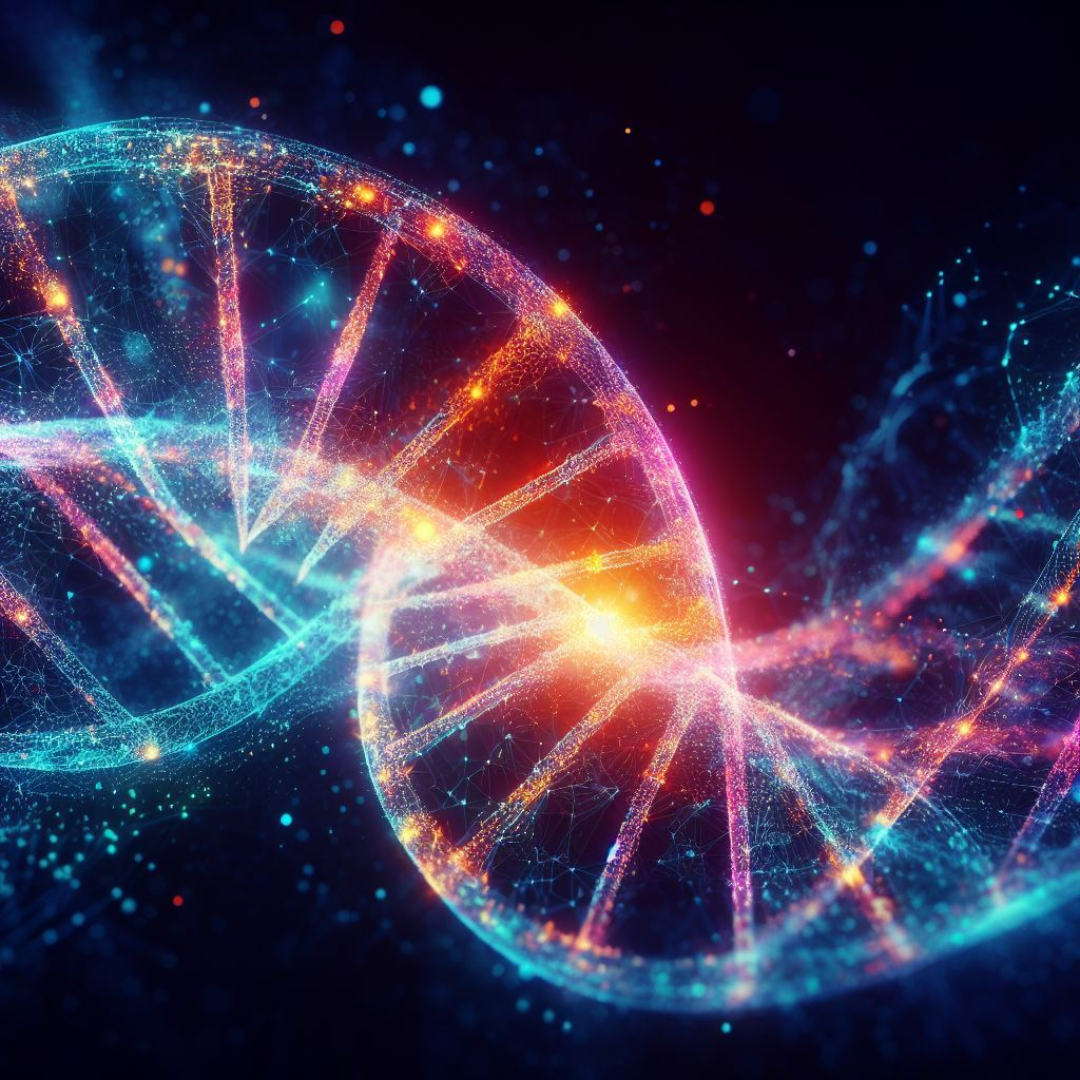In a groundbreaking revelation, scientists at the Earlham Institute and the University of Oxford have shattered conventional understanding of genetic coding.

In a groundbreaking revelation, scientists at the Earlham Institute and the University of Oxford have shattered conventional understanding of genetic coding. This paradigm-shifting finding emerged from experiments involving an innovative method for single-cell DNA sequencing, outlined in detail in the latest edition of PLOS Genetics.
Dr. Jamie McGowan, a distinguished postdoctoral scientist at the Earlham Institute, achieved this astonishing breakthrough about genetic coding while meticulously examining the genome sequence of a diminutive organism known as a protist. Neither categorized as animal, plant, nor fungus, protists predominantly inhabit aquatic environments.
The specimen under McGowan’s scrutiny was sourced from a freshwater pond nestled within the confines of Oxford University Parks. While protists often comprise single-cell amoebas and algae, they can also encompass more substantial entities such as slime molds and kelp.
At the forefront of scientific innovation, McGowan was in the midst of evaluating an avant-garde DNA sequencing protocol, tailor-made to scrutinize DNA at the single-cell level. To his astonishment, the analysis unearthed that the microscopic protist was an entirely novel species, now classified as Oligohymenophorea sp. PL0344.
What truly distinguishes this protist is its unique mechanism of converting DNA into essential proteins crucial for cellular function. This phenomenon, involving transcription and translation, stands unparalleled in the natural world.
Oligohymenophorea is a member of a subset of protists known as ciliates, marked by their hair-like structures referred to as cilia. Ciliates frequently manifest alterations in their genetic code, including a pivotal genetic attribute known as stop codons.
During transcription, the DNA code is decoded and converted into a complementary form using another nucleic acid, RNA. Typically, when genes undergo transcription, three stop codons—TAA, TAG, and TGA—signal the conclusion of a gene.
In instances where modifications occur in these stop codons, TAA and TAG almost invariably undergo identical changes, implying a significant evolutionary correlation. McGowan elucidated, “In nearly all other instances we’re aware of, TAA and TAG change in unison. When they don’t serve as stop codons, they both specify the same amino acid.”
However, in Oligohymenophorea sp. PL0344, only TGA designates a stop codon. The other two stop signals have been ingeniously repurposed, with TAA encoding the amino acid lysine and TAG for glutamic acid.
McGowan underscored, “This is exceedingly unusual. We’re not aware of any other case where these stop codons are linked to two different amino acids. It disrupts some of the conventions we believed governed gene translation—these two codons were presumed to be interlinked.”
The researchers conclude that despite the significant strides made in genomics over the last three decades, there remain uncharted anomalies within the genetic code, awaiting discovery across the natural world.
“It’s sheer serendipity that we selected this protist to test our sequencing pipeline, and it underscores the boundless frontiers of knowledge still to be explored in the realm of protist genetics,” stated McGowan.